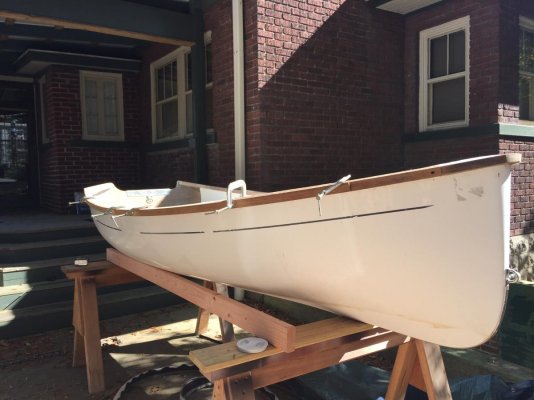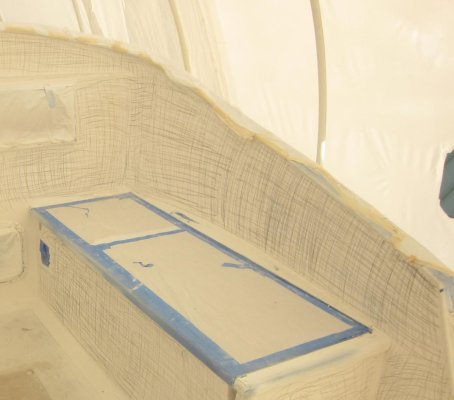Pack Mule
TF Site Team
- Joined
- Jan 24, 2013
- Messages
- 3,749
- Location
- USA
- Vessel Name
- Slo-Poke
- Vessel Make
- Jorgensen custom 44
Is there a way to do this without painting after I've already sanded it ?
I was planning on painting the bottom of our Trinka with antifoul paint . I went ahead and sanded below the waterline with 80 grit . The gelcoat still looks good and I've decided I don't want to paint it . Have I already gone to far and have to paint it now or do I have an option The dinghy has never been painted
I was planning on painting the bottom of our Trinka with antifoul paint . I went ahead and sanded below the waterline with 80 grit . The gelcoat still looks good and I've decided I don't want to paint it . Have I already gone to far and have to paint it now or do I have an option The dinghy has never been painted



